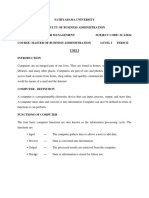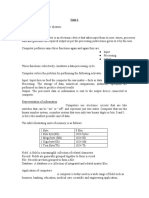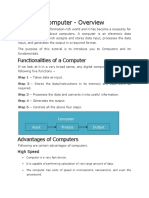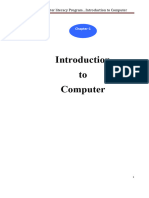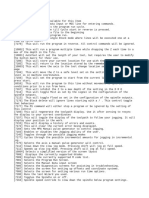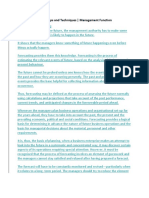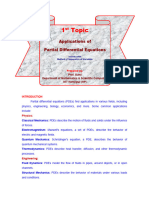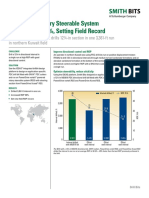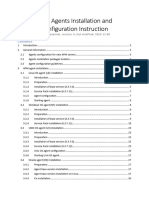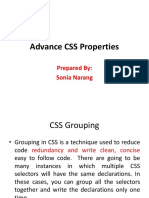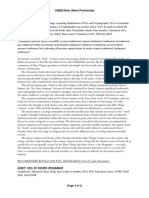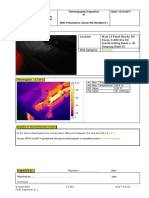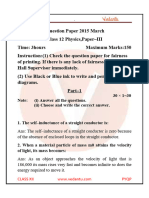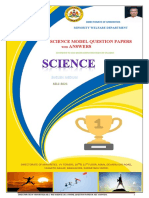0% found this document useful (0 votes)
12 views17 pagesFOC Unit 1
The document provides an introduction to computers, detailing their definition, characteristics, limitations, and generations from first to fifth. It also covers various applications of computers across different fields such as business, banking, education, and healthcare, as well as types of computers based on size and performance. Additionally, it describes the basic components of a computer system, including input, output, and storage units.
Uploaded by
riyapandey.0527Copyright
© © All Rights Reserved
We take content rights seriously. If you suspect this is your content, claim it here.
Available Formats
Download as PDF, TXT or read online on Scribd
0% found this document useful (0 votes)
12 views17 pagesFOC Unit 1
The document provides an introduction to computers, detailing their definition, characteristics, limitations, and generations from first to fifth. It also covers various applications of computers across different fields such as business, banking, education, and healthcare, as well as types of computers based on size and performance. Additionally, it describes the basic components of a computer system, including input, output, and storage units.
Uploaded by
riyapandey.0527Copyright
© © All Rights Reserved
We take content rights seriously. If you suspect this is your content, claim it here.
Available Formats
Download as PDF, TXT or read online on Scribd
/ 17












